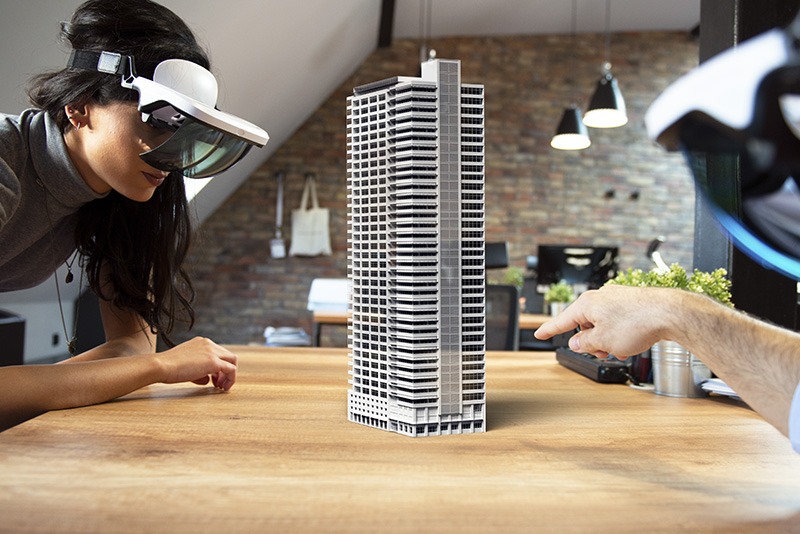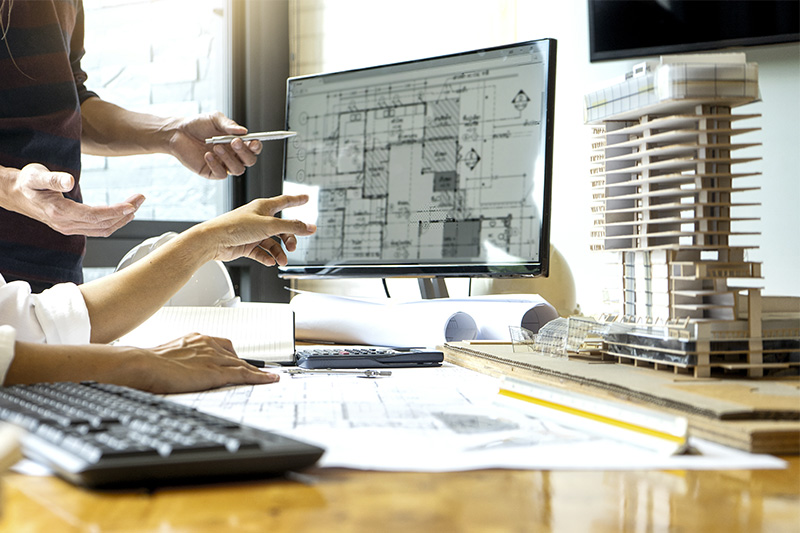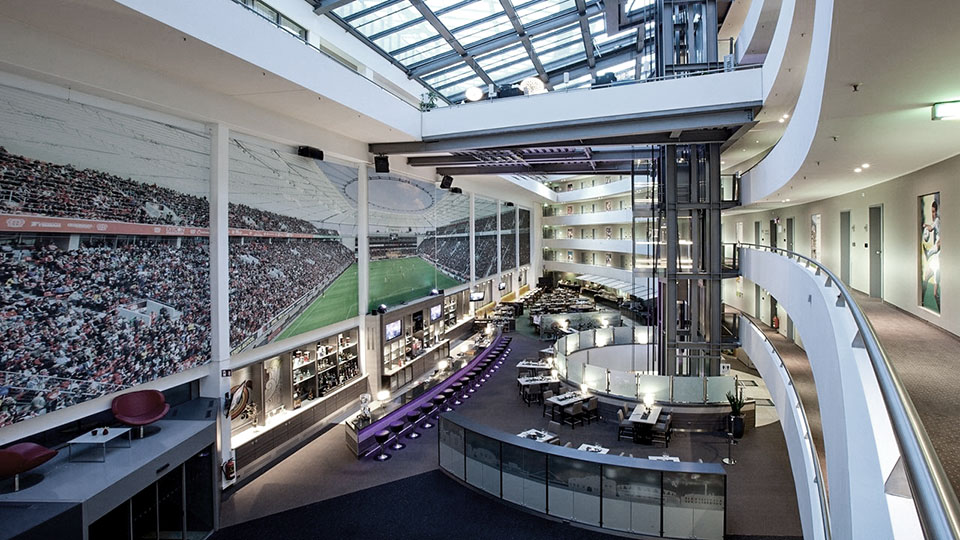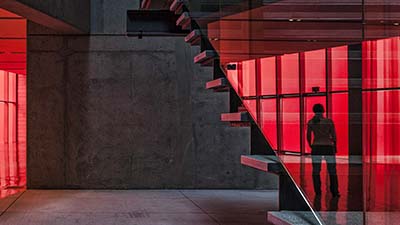
Taking a deep breath in the Middle Kingdom
Air quality in Chinese metropolitan areas – a challenge for modern facility management.

Building information modelling (BIM) allows your company to fully exploit the potential of Lean construction and digital networking. The building data modelling helps avoid planning errors, speed up the construction process and optimise building operation.

What does digital transformation mean in the real estate sector? BIM is not only part of the answer, but also shows us the megatrend in a very concrete way. For example, by making it possible to virtually walk around and experience a building using 3D glasses. BIM creates a digital identical twin of your planned or existing building. The 3D building model visualises the architecture, technical building equipment, structures and installations. This means clashes can be detected and avoided as early as the planning process. Since all physical building data is stored in the model and accessible to all trades involved, information loss is minimised and a smooth workflow is ensured.

But BIM can do much more than that: it combines the spatial dimensions and the associated physical data with other dimensions that make a previously unknown depth of information and detail available. Because, from a holistic point of view, real estate is anything but static. In terms of its creation and service life, a building is in fact a dynamic process, which begins with planning. In addition to the time dimension, the dimensions of costs, sustainability and efficiency, as well as building operation, can be integrated. In combination with our Agile and Lean planning methods, this creates impressive potential for successful projects!
By also incorporating the functional properties and thus real operating data into the building model, conventional facility management is transformed into smart, holistic computer-aided facility management (CAFM). In this context, the comparison of target values from the planning with actual values from the building operation is only the beginning. Condition-oriented servicing, predictive maintenance and intelligent energy management generate ongoing efficiency gains for your company. Thus, the increased outlay of BIM planning pays off in full during the usage phase at the latest. At the same time, with BIM you retain the option of future applications, for example together with the Internet of Things (IoT). BIM can be expanded with additional dimensions and can thus be connected to the world of tomorrow.

Source: Hotel Lindner, BayArena
With the help of BIM and our project partners Siemens Real Estate and Apleona, we were also able to build a bridge into the future at the Siemens Campus in Erlangen. From the very beginning, the buildings were planned in virtual 3D models, which were used for various applications in the construction phase and then transferred to the operating phase. Today, BIM provides all the necessary data to manage the buildings more efficiently in the long term. But this BIM project is not just about more efficient planning, construction and operation phases. The users of the campus also benefit from the innovative possibilities of the method: on the basis of the BIM data, the Siemens Campus app provided a virtual tour of the first buildings even before the completion of the complex. Get your own picture of how the future could look and make digital building and system planning a reality together with us.

Air quality in Chinese metropolitan areas – a challenge for modern facility management.

Saving energy means saving costs. We bring the energy transition into the real estate sector and thus right into your property.

The degree of digitisation in the construction and real estate industry is below average.